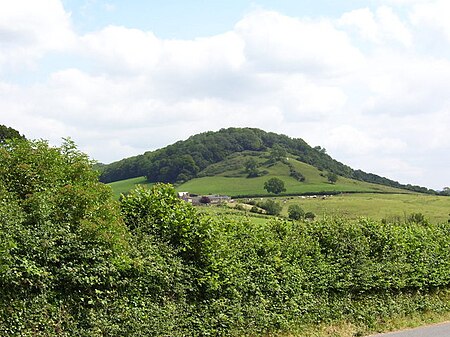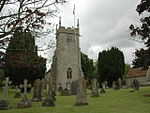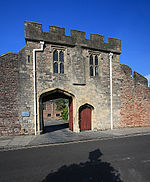Twinhills Woods and Meadows

Twinhills Woods and Meadows (grid reference ST558432) is a 21.2 hectare (52.4 acre) biological Site of Special Scientific Interest on the Monarch's Way south of Dulcote in Somerset, notified in 1990. Twinhills Woods and Meadows comprise a complex of ancient, semi-natural woodland, neutral and calcareous grassland with associated mature hedges and areas of shrub growth. Further interest is added by the presence of numerous butterfly species on the site. A total of 26 species have been recorded including grizzled skipper (Pyrgus malvae), white-letter hairstreak (Satyrium w-album), green-veined white (Pieris napi), brown argus (Aricia agestis), marbled white (Melangargia galthea), silver-washed fritillary (Argynnis paphia) and marsh fritillary (Eurodryas aurinia).The site is crossed by the Monarch's Way long distance footpath.
Excerpt from the Wikipedia article Twinhills Woods and Meadows (License: CC BY-SA 3.0, Authors, Images).Twinhills Woods and Meadows
Telefonweg,
Geographical coordinates (GPS) Address Nearby Places Show on map
Geographical coordinates (GPS)
| Latitude | Longitude |
|---|---|
| N 51.18631 ° | E -2.6338 ° |
Address
Lohr am Main Abzweig Steinernes Haus
Telefonweg
97816 , Lohr
Bayern, Deutschland
Open on Google Maps









